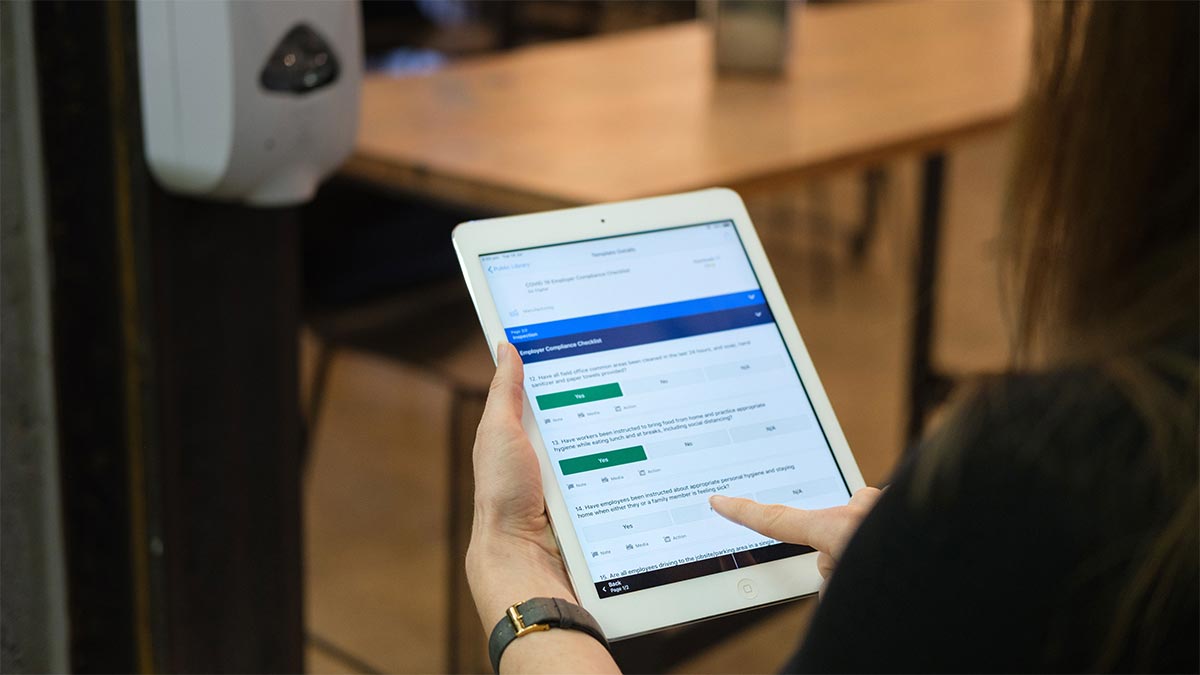As World Day for Health and Safety at Work approaches on 28 April, Nicky Chenery outlines how technology can help ensure any concerns employees have are heard and acted upon.
World Day for Health and Safety at Work is a valuable admonition that business activities actually appear to be unique this year. Obviously a powerful wellbeing society at work is basic.
A solid security culture guarantees representatives feel appreciated, trusted and involved. Essentially, our study with YouGov saw as just 67% of the worldwide labor force feel appreciated on points that make a difference to them most: security (46%), wellbeing and prosperity (49%) and tasks (54%).
As new ages enter our labor force, we should adjust to their necessities and assumptions. Our labor force presently requests to feel appreciated right away, so there is no craving to report mishaps, raise issues or solicitation help through extensive paper structures and cycles.
The following are four different ways that innovation will assist your association with building a vigorous wellbeing and security culture.
1. Increased visibility
The biggest mistake we can make is assuming a process works or that a problem has been resolved. Our processes and communication channels need to allow room for continuous improvement and visibility.
Digital tools remove such assumptions and create pathways to increased visibility. Introducing a mobile platform that enables frontline teams to report near misses, record incidents and request support will alert the people that need to know about the issue straight away.
Digital tools also leave an information trail that maps the journey to resolution. This will provide health and safety professionals with confidence that incidents are recorded immediately and rectified appropriately. This increased visibility over near misses and incidents will also help map areas for improvement, helping employers to prevent issues in the first place.
2. Recognition and reward
It’s key that employees feel valued for the part they play in creating healthy and safe workplaces. For example, retailers like American Golf leverage tools such a iAuditor to analyse store performance through inspections, issues and actions, recognising and rewarding the stores operating well.
3. Training on the go
One of the biggest emerging risks at work identified by the UN is the rise of the temporary workforce. Increasing reliance on contract and freelance work opens up communication and training gaps, due to the short time frame those employees spend with the organisation.
Increasing reliance on contract and freelance work opens up communication and training gaps, due to the short time frame those employees spend with the organisation.”
It’s vital that organisaitons offer training that allows workers to get up to speed fast. The classroom learning styles of old no longer suffice when onboarding workers remotely and rapidly. Learning management systems should provide accessible and digestible training on the go, so staff can continually refresh their learning anytime, anywhere, straight from their mobile device.
4. Improved workplace communications
Closing the communications gap has never been more critical across highly dispersed and remote workforces, and we need to ensure our communications are acknowledged and going to the right people.
Health and safety technology can allow organisations to send out critical safety or policy updates when needed, and some may require acknowledgement upon receipt. Businesses such as American Golf send rapid communications out to the mobile devices of employees in every store.
Want to encourage more employees to speak up about issues they see at work? Consider scannable QR codes that allow for anonymous issue reporting as they occur. This is especially crucial as recent SafetyCulture research found that frontline workers fear being ignored or even losing their job for simply reporting issues to management.
World Health and Safety Day at Work is a time for us to reflect on what more we can do to prevent safety issues by creating or bolstering our safety culture. For me, this is an opportunity to consider how we can reinvent our processes to work with, not against, technology. And most importantly, how we can ensure our employees feel safe, validated and heard.




